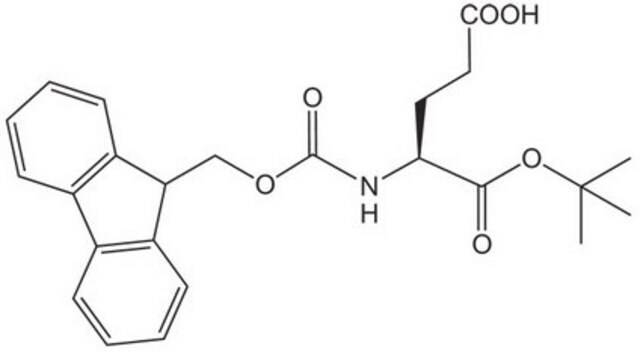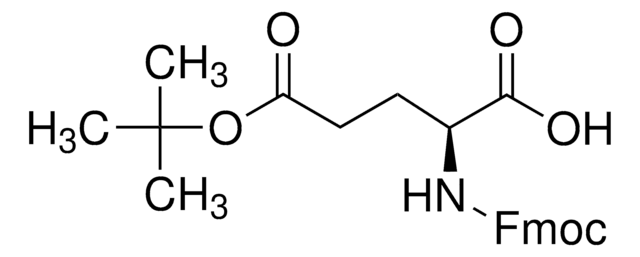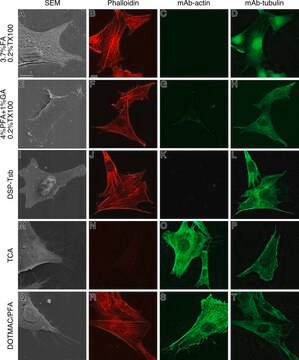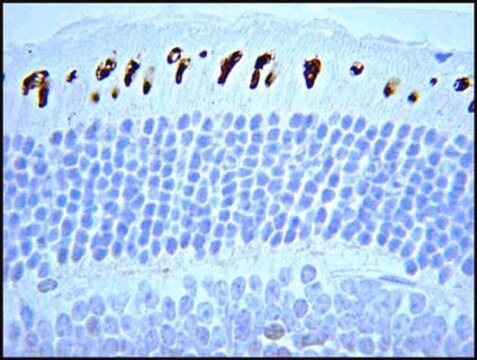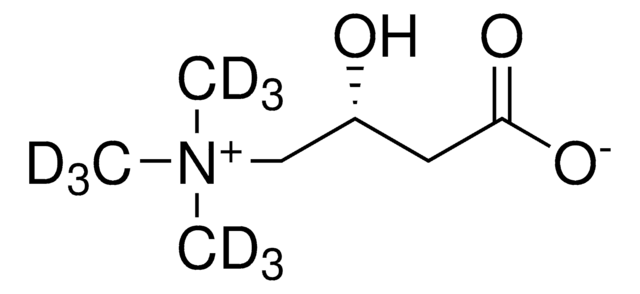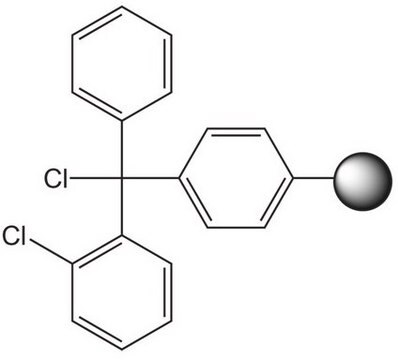Recommended Products
biological source
rabbit
Quality Level
conjugate
unconjugated
antibody form
purified antibody
serum
antibody product type
primary antibodies
clone
polyclonal
mol wt
calculated mol wt 55.73 and 106.26 kDa
observed mol wt ~58 and 110 kDa
purified by
(Unpurified)
species reactivity
mouse
packaging
antibody small pack of 100 μL
General description
Anoctamin-6 (UniProt: Q6P9J9; also known as Small-conductance calcium-activated nonselective cation channel, SCAN channel, Transmembrane protein 16F) is encoded by the Ano6 (also known as Tmem16f) gene (Gene ID: 105722) in murine species. ANO6/TMEM16F is a multi-pass membrane glycoprotein with six cytoplasmic domains, ten transmembrane domains, and four extracellular domains. It is predominant expressed in epithelial tissues and is also found in skeletal system where it is primarily expressed in osteoblasts. It serves as a small-conductance calcium-activated nonselective cation (SCAN) channel that acts as a regulator of phospholipid scrambling in platelets, osteoblasts and fetal thymocytes. Phospholipid scrambling results in surface exposure of phosphatidylserine which in platelets is essential to trigger the clotting system. In osteoblasts it is essential for the deposition of hydroxyapatite during bone mineralization. ANO6/TMEM16F displays calcium-dependent phospholipid scramblase activity whereby it scrambles phosphatidylserine, phosphatidylcholine, and galactosylceramide. It is shown to be a key component of the plasma membrane repair mechanism triggered by pore-forming agents, such as bacterial toxins. This is achieved by activation of ANO6/TMEM16F by an increase in intracellular calcium resulting from flux of extracellular calcium ion. ANO6/TMEM16F is also shown to generate outwardly rectifying chloride channel currents in airway epithelial cells and Jurkat cells . (Ref.: Wu, N., et al. (2020). Cell Rep. 30(4); 1129-1140).
Specificity
This rabbit polyclonal antibody detects Anoctamin-6 (TMEM16F) in murine species. It targets and epitope within the C-terminal region and detects both isoforms 1 and 2.
Immunogen
GST-tagged recombinant fragment corresponding to 65 amino acids from the C-terminal region of murine Anoctamin-6 (TMEM16F).
Application
Quality Control Testing
Evaluated by Western Blotting in Mouse thymus tissue lysate.
Western Blotting Analysis: A 1:1,000 dilution of this antibody detected ANO6/TMEM16F in Mouse thymus tissue lysate.
Tested Applicaitons
Western Blotting Analysis: A representative lot detected ANO6/TMEM16F in Western Blotting applications (Wu, N., et. al. (2020). Cell Rep. 30(4):1129-1140.e5).
Note: Actual optimal working dilutions must be determined by end user as specimens, and experimental conditions may vary with the end user
Evaluated by Western Blotting in Mouse thymus tissue lysate.
Western Blotting Analysis: A 1:1,000 dilution of this antibody detected ANO6/TMEM16F in Mouse thymus tissue lysate.
Tested Applicaitons
Western Blotting Analysis: A representative lot detected ANO6/TMEM16F in Western Blotting applications (Wu, N., et. al. (2020). Cell Rep. 30(4):1129-1140.e5).
Note: Actual optimal working dilutions must be determined by end user as specimens, and experimental conditions may vary with the end user
Anti-ANO6/TMEM16F, Cat. No. ABS2210, is a rabbit polyclonal antibody that detects Anoctamin-6 and is tested for use in Western Blotting.
Physical form
Rabbit polyclonal antibody in serum with 0.05% sodium azide.
Storage and Stability
Store at -10°C to -25°C. Handling Recommendations: Upon receipt and prior to removing the cap, centrifuge the vial and gently mix the solution. Aliquot into microcentrifuge tubes and store at -20°C. Avoid repeated freeze/thaw cycles, which may damage IgG and affect product performance.
Other Notes
Concentration: Please refer to the Certificate of Analysis for the lot-specific concentration.
Disclaimer
Unless otherwise stated in our catalog or other company documentation accompanying the product(s), our products are intended for research use only and are not to be used for any other purpose, which includes but is not limited to, unauthorized commercial uses, in vitro diagnostic uses, ex vivo or in vivo therapeutic uses or any type of consumption or application to humans or animals.
Not finding the right product?
Try our Product Selector Tool.
Storage Class Code
10 - Combustible liquids
WGK
WGK 1
Flash Point(F)
Not applicable
Flash Point(C)
Not applicable
Certificates of Analysis (COA)
Search for Certificates of Analysis (COA) by entering the products Lot/Batch Number. Lot and Batch Numbers can be found on a product’s label following the words ‘Lot’ or ‘Batch’.
Already Own This Product?
Find documentation for the products that you have recently purchased in the Document Library.
Our team of scientists has experience in all areas of research including Life Science, Material Science, Chemical Synthesis, Chromatography, Analytical and many others.
Contact Technical Service